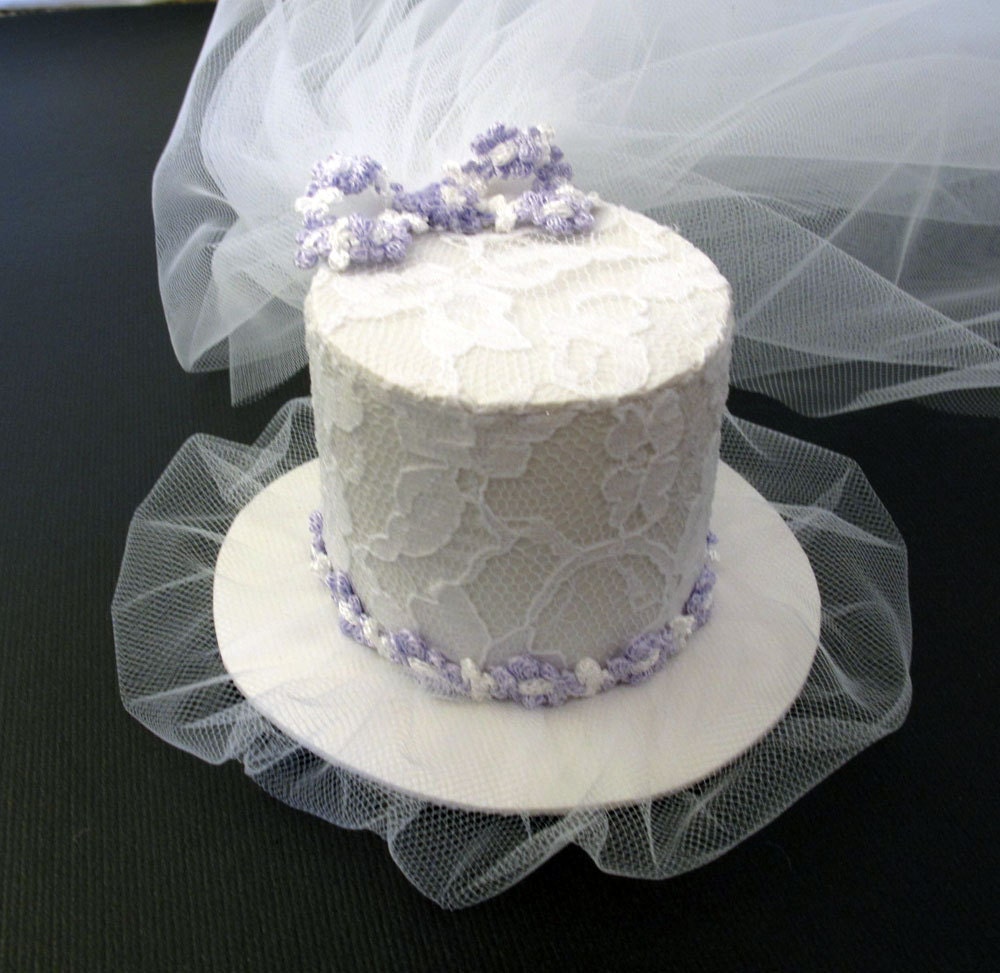 Leave it to a hatter to cause a social stir, which explains a lot to me about why this piece of clothing so epitomizes the spirit of steampunk.
Leave it to a hatter to cause a social stir, which explains a lot to me about why this piece of clothing so epitomizes the spirit of steampunk.In January 1797, the man, named Hetherington, caused an upheaval in the streets of London by wearing his tall stove-pipe top hat as he ambled down the street. He drew a crowd and was eventually stopped by the police (by the collar no less) and was given a court summons for disturbing the public peace.
The officer present at the scene described the offence as follows: “Hetherington had such a tall and shiny construction on his head that it must have terrified nervous people. The sight of this construction was so overstated that various women fainted, children began to cry and dogs started to bark. One child broke his arm among all the jostling.”
Hetherington’s top hat literally made front page news. The London Times wrote “Hetherington’s hat points to a significant advance in the transformation of dress. Sooner or later, everyone will accept this headwear. We believe that both the court and the police made a mistake here.”
 And was the reporter in the Times ever right. While Hetherington wasn’t the first to create the top hat (that honor goes to George Dunner a hatter from Middlesex in 1793), it certainly wouldn’t be the last. Eventually the top hat would come to be equated not only with the industrial revolution itself as ordinary captains of industry became the millionaires, but also the upper echelons of society.
And was the reporter in the Times ever right. While Hetherington wasn’t the first to create the top hat (that honor goes to George Dunner a hatter from Middlesex in 1793), it certainly wouldn’t be the last. Eventually the top hat would come to be equated not only with the industrial revolution itself as ordinary captains of industry became the millionaires, but also the upper echelons of society.At first they were used by the military. From 1803 to 1812 the Jaegers in the Imperial Russian Army used them as part of their uniform (but then dropped them in favor of Litwka Shako along with the other units of foot soldiers). (Cheeky nod here to the Jaegerkin of the steampunk comic Girl Genius…)
 By 1830 even the working class man had a top hat usually made of felted rabbit fur. Those of the upper classes were crafted from felted beaver fur, beginning a huge upswing in the beaver fur trapping trade in North America. Those made as part of the uniform of policemen and postmen were created from black oilcloth to be suitable for outdoor wear in rain.
By 1830 even the working class man had a top hat usually made of felted rabbit fur. Those of the upper classes were crafted from felted beaver fur, beginning a huge upswing in the beaver fur trapping trade in North America. Those made as part of the uniform of policemen and postmen were created from black oilcloth to be suitable for outdoor wear in rain.Beaver fur eventually gave way to silk for the upper classes. The black top silk hat was crafted from cheesecloth, linen, flannel and shellac. A skilled milliner, using various types of flat-irons, “baked” the shellac into the linen around a five-piece wooden hat block and covered with black silk plush, which came mostly from France. So expensive was the silk, that only the master tradesman (foreman) was permitted to cut it.
The hat was finished with a 2½ to 3 cm wide cloth hatband, which was later replaced by one of ribbed silk. For decades (nearly a whole century) the top hat was to go through several permutations. During this early Victorian time – i.e. approximately 1830 – top hats were extremely tall, some even reaching nearly eight inches high. The period of 1840-1850 saw the glory years of the top hat where it reached it’s tallest height. Prince Albert took the top hat from being a mere fashion statement to a symbol of urban respectability by donning the top hat in 1850.
Later in the Victorian era, from 1837 to 1901, the height was reduced to between six and six and a half inches. Around 1890, the top hat also received a larger crown, so appearing more tailored or ‘nipped in’. From around 1920, top hats were around five inches tall. That still applies today.
 The spring loaded Gibus, or opera hat top hat that could be pressed flat by hand for easy storage, then popped back into shape, was invented by a Frenchman name Antoine Gibus in 1812 and patented in 1837.
The spring loaded Gibus, or opera hat top hat that could be pressed flat by hand for easy storage, then popped back into shape, was invented by a Frenchman name Antoine Gibus in 1812 and patented in 1837.The gray top hat has been used for wedding ceremonies since 1960 and actually comes from the Ascot horse races. It is around five inches in height and is made from wool felt. Today felt top hats are still made.
Custom top hats for steampunk fans vary from leather to felt, silk to vinyl and come in such an array of shapes, sizes, textures and styles that it’s as unique as the individual wearing it.
Fortunately for us, the top hat isn’t dead. It’s just found a new form of popularity among fans in a new generation.
No comments:
Post a Comment